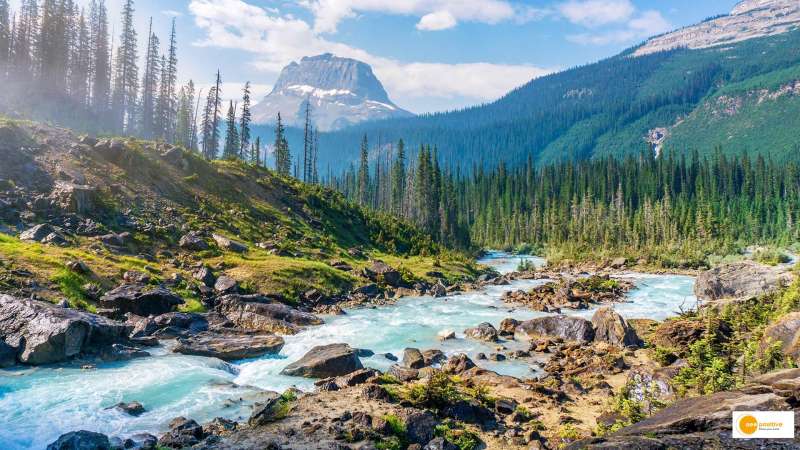

The landmark global agreement on nature conservation has been reached. The agreement was struck at COP15, a United Nations conference in Copenhagen. The agreement is a promise to protect and restore nature on a global scale while acknowledging the stunningly diverse nature of the planet’s ecosystems.
The deal also commits nations to take additional actions as part of their climate commitments if needed. Many countries have already pledged to implement the commitments outlined in this agreement including Canada and many others.”
A landmark global agreement on nature conservation has been reached
The Paris Agreement, a promise to protect and restore nature on a global scale, was signed by more than 190 countries at the COP21 summit in December 2015. The Paris Agreement is an important step forward for our environment as it will help protect biodiversity across the planet.
It will be a foundation for action to tackle climate change. The agreement is a promise to protect and restore nature on a global scale while acknowledging the stunningly diverse nature of the planet’s ecosystems.
The agreement was struck at COP15, a United Nations conference in Copenhagen
COP15 was the 15th session of the Conference of the Parties (COP) to the United Nations Framework Convention on Climate Change. The conference took place in Copenhagen, Denmark from 7-18 December 2009 and was hosted by the Danish Prime Minister’s Office.
The negotiations were held under the auspices of the UNFCCC Secretariat and its subsidiary bodies: the Subsidiary Body for Scientific and Technological Advice (SBSTA) and Subsidiary Body for Implementation (SBI).
The text of the document has been ratified by nearly 200 countries and territories, including those with large swaths of ocean covered in life-sustaining sea ice like Canada and Russia.
Commits nations to take additional actions if needed
The deal also commits nations to take additional actions as part of their climate commitments if needed. These could include:
• Reducing emissions from deforestation, including reforestation and afforestation (planting trees) to halt deforestation;
• Protecting marine life by implementing fishing limits; or
• Mitigating the effects of climate change on indigenous communities through the development of appropriate land management plans.
This historic global agreement will make protecting nature easier for all countries
The agreement is a commitment by countries to protect nature and its ecosystems. It also sets out how they can do so, including through national action plans and international cooperation.
The accord is the result of years of negotiations between governments, civil society groups, and other stakeholders working on global issues related to biodiversity conservation. This is a global agreement, and it isn’t just a commitment of individual countries. Nations are already implementing the commitments outlined in the
agreement.
Conclusion
We hope you’ve enjoyed learning about the COP15 agreement, and that you feel more informed about what it means for our planet. Now that we have a way to protect nature on a global scale, we need to make sure everyone stays committed to these efforts!
Also Read: Degradation of nature and it’s crisis


